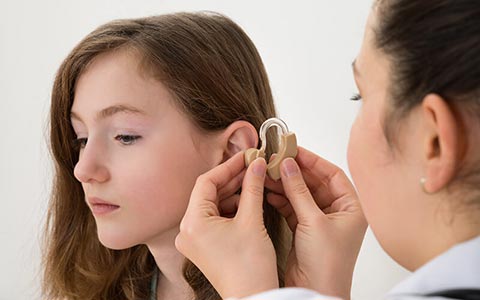Hair diagnosis in traditional Chinese medicine emphasizes “observing, listening, questioning, and pulse-taking.” Observing a patient’s hair is also a way to assess their health condition. Hair is closely related to the functions of the spleen, stomach, liver, and kidneys in the body. The condition of hair can indirectly reflect the health of these organs. Normally, hair undergoes a cycle of growth and shedding, completing a replacement cycle every 3 to 4 years. However, when the body experiences abnormalities, changes in hair may become more noticeable, such as accelerated shedding, uneven distribution, or loss of luster, which could be external signals of internal diseases.
Hair color changes are worth noting; an increase in gray hair after middle age is part of the normal aging process, but gray hair in adolescents may be related to genetics, mental stress, gastrointestinal disorders, or aplastic anemia. Sudden increase in black hair may warrant caution for potential malignant tumors. Brittle, dry hair quality may indicate thyroid issues or skin diseases. Changes in hair distribution, such as thinning, may indicate kidney problems or diabetes. Excessive scalp oil production is related to imbalances in spleen and lung function, while thinning hair not only involves liver and kidney function but may also be a sign of delayed childhood development. The presence of dandruff may reflect an imbalance in yin and yang in the body, while hair loss may be related to factors such as tumors, anemia, or neurasthenia.
Hair serves not only as a barometer of health but also carries out various physiological functions, such as protecting the scalp, regulating body temperature, and aiding in detoxification. Moreover, it is an important personal image symbol expressing individuality and cultural identity. Traditionally, hair is considered a part of the body that should not be easily damaged, reflecting concepts of filial piety and civilization.
The thickness of hair is influenced by multiple factors such as genetics, nutritional status, age, and ethnicity. Good nutritional status promotes healthy hair, whereas poor nutrition may lead to deterioration of hair quality. Overall, hair is not only a symbol of beauty but also an indicator of health status. By observing hair, important clues about internal body health can be obtained.
From the hair looking at health, Chinese medicine teaches you to look at health from hair, particularly accurate.


